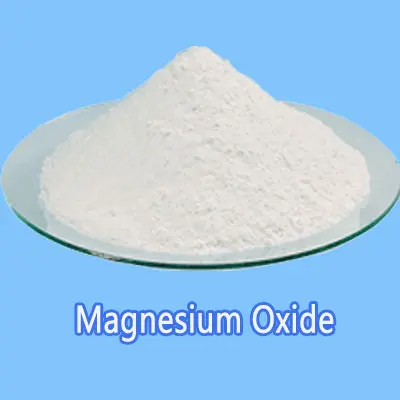Hebei Messi Biology Co., Ltd. stated that during the process of adding donors to magnesium oxide (MgO) powder and performing heat treatment, a surface oxide layer containing a different magnesium oxide donor is formed on the surface of the magnesium oxide particles than inside the particles. Thus, , the resistance to moisture absorption is improved, allowing it to be used in thermal interface materials. Furthermore, the present invention relates to a highly thermally conductive magnesium oxide composition that can increase the thermal diffusion coefficient by adding a donor to magnesium oxide to lower the sintering temperature and a magnesium oxide ceramic utilizing the same.
Since magnesium oxide is highly hygroscopic, it will absorb moisture and reduce thermal conductivity. Moreover, magnesium hydroxide [Mg(OH)2] formed on the surface of magnesium oxide due to moisture absorption makes it difficult to combine with polymers. Not only is it difficult to prepare a thermal interface material, but it is also prone to separation from the polymer material due to volume expansion. issues with high possibility. These problems have become obstacles to the practical application of magnesium oxide as a thermally conductive ceramic filler. Therefore, in order to develop magnesium oxide as a thermally conductive ceramic filler for thermal interface materials, it is necessary to develop technology that can improve moisture absorption resistance.
The thermal conductivity of magnesium oxide is 30w/mk to 60w/mk, which has the advantage of being higher than the thermal conductivity of alumina. However, alumina is sintered at a temperature of about 1500°C to 1600°C, whereas magnesium oxide has the disadvantage of being sintered at a high temperature of 1700°C or above. Therefore, it is necessary to improve the sintering conditions of magnesium oxide. Although there have been attempts to sinter magnesium oxide at low temperatures in the past, there has been no research on heat-dissipating ceramic materials that both maintain thermal conductivity and reduce the sintering temperature.
Therefore, there is a need to develop and research a new low-cost, highly thermally conductive magnesia material that maintains the high thermal conductivity properties of magnesium oxide, can be sintered at a temperature lower than the sintering temperature of alumina, 1500°C, and is price competitive.

